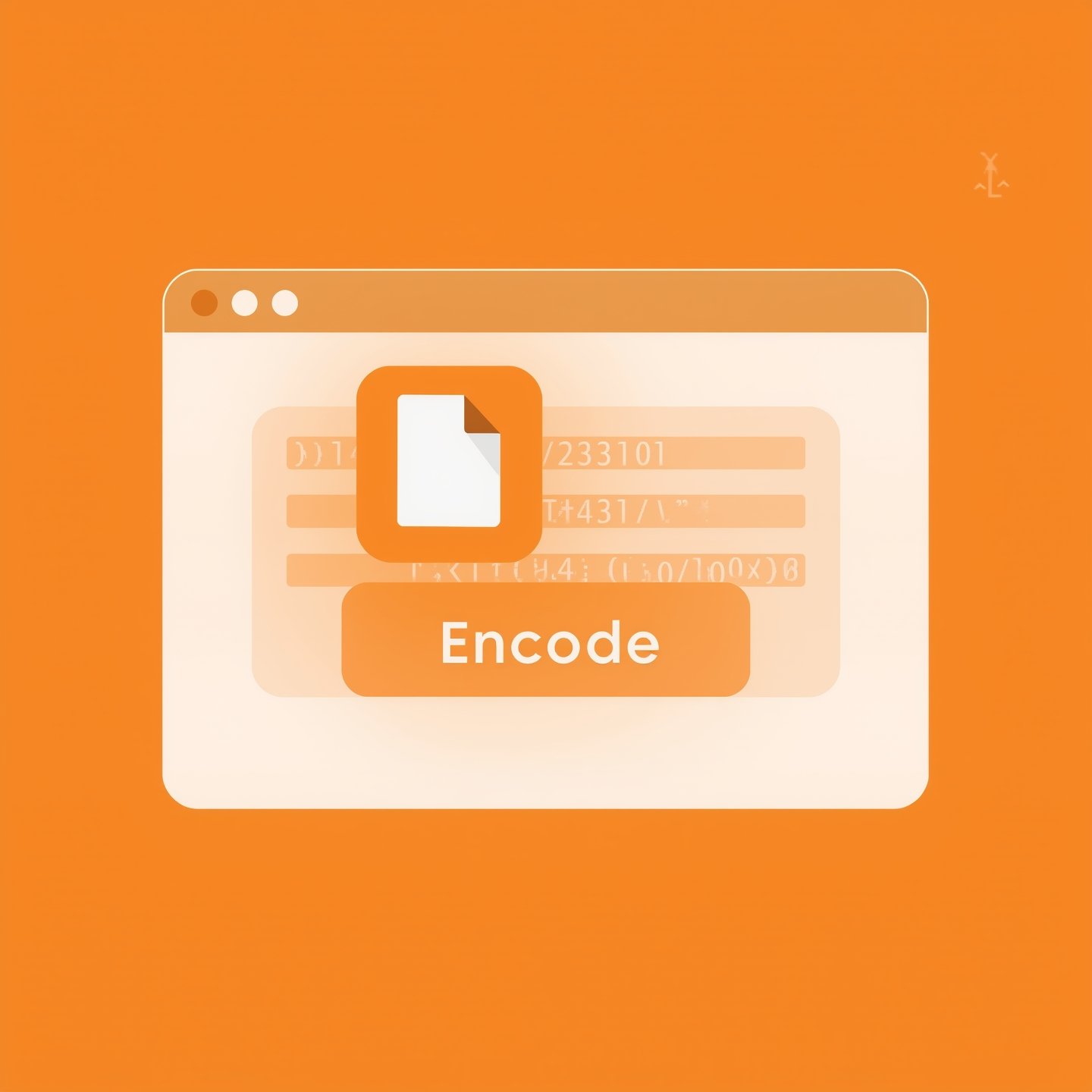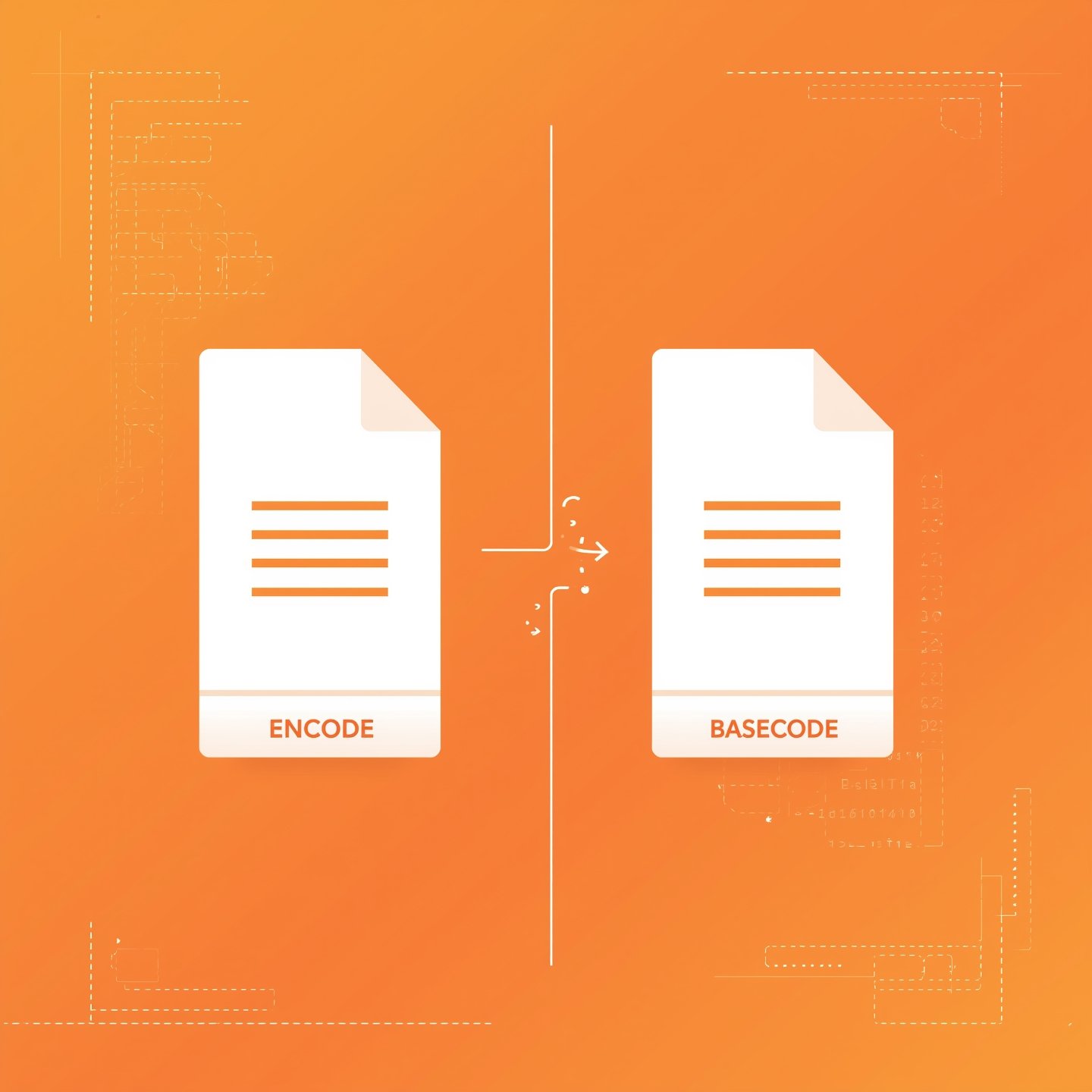Checker Tools
Text Tools
- Text separator
- Email extractor
- URL extractor
- Text size calculator
- Duplicate lines remover
- Text to speech
- IDN Punnycode converter
- Case converter
- Character counter
- List randomizer
- Reverse words
- Reverse letters
- Emojis remover
- Reverse list
- List alphabetizer
- Upside down text generator
- Old English text generator
- Cursive text generator
Developer Tools
Generator Tools
- PayPal link generator
- Signature generator
- Mailto link generator
- UTM link generator
- WhatsApp link generator
- YouTube Timestamp link generator
- Slug generator
- Lorem Ipsum generator
- Password generator
Image manipulation tools
- PNG to JPG
- PNG to WEBP
- PNG to BMP
- PNG to GIF
- JPG to PNG
- JPG to GIF
- JPG to BMP
- WEBP to JPG
- WEBP to GIF
- JPG to ICO
- WEBP to PNG
- WEBP to BMP
- JPG to WEBP
- WEBP to ICO
- BMP to JPG
- BMP to ICO
- ICO to JPG
- ICO to GIF
- ICO to PNG
- ICO to WEBP
- ICO to WEBP
- ICO to BMP
- GIF to JPG
- GIF to ICO
- GIF to PNG
- GIF to WEBP
- GIF to BMP
- HEIC to PNG
- HEIC to GIF
- HEIC to JPG
Base64 Encoder – Convert Text & Files to Base64 Online
Base64 Encoder:

Base64 converts information into alphanumeric ASCII string formats during its processing. The binary data encoding system called Base64 expands its purposes for transforming images into readable text files. The text format advantages of the encoding method become useful for data transfers through channels that operate better with textual data rather than binary data. The following guide explains what base64 encoding represents together with online base64 encoding instructions while providing RFC 4648 base64 encoding methods for online base64 encoding and decoding.
What is Base64 Encode?

Base64 encode is an algorithm which converts binary content into readable text. The set of 64 printable characters which make up Base64 receives its name from its encoding mechanism. For encoding binary data Base64 uses the printable characters A-Z alongside a-z along with 0-9 and “<plus symbol>”/ symbol pairs.” Base64 converts three consecutive bytes of binary information into printable ASCII text which allows transmission of data that systems accept text-based fields.
The process of base64 encoding finds applications when binary content consisting of files such as images along with videos and other multimedia needs to be embedded as text components within formats that are text-based such as HTML and JSON. By applying base64 encoding operators preserve binary information that remains unaltered through transmission periods.
Drawn from RFC 4648 standards, base64 coding represents the most frequently adopted practice in operations. RFC 4648 establishes standardized base64 encoding procedures which define character sets while clarifying padding methods and precise implementation rules for achieving systematic encoding and decoding.
Base64 Encode Online:

Online base64 encoding tools available in the present digital environment allow users to perform encoding quickly and easily. Users can encode files or text using Base64 encode online services which operate online without any need for software installation. You can use the tools by simply uploading files or pasting text for instant base64 encoding of your data.
To base64 encode online, follow these easy steps:
Anyone who requires RFC 4648 base64 encoding should use a trusted base64 encoded online tool.
The system allows you to submit your file through upload or copy the text so the service can begin its encoding process.
Click on the “Encode” button.
You will receive the base64 encoded string following RFC 4648 standards.
The encoding process achieves maximum efficiency by following this methodology which also minimizes encoding time.
Base64 Encode Decode Online:

Data encoding serves a key purpose although decoding activities stand equally important. Several online platforms supply integrated capabilities to encode and decode base64 content online. Using this approach provides a method to transform base64 encoding data back into its original binary structure.
To base64 encode and decode online:
The first step requires selecting an established online base64 tool which provides encoding as well as decoding capabilities while obeying RFC 4648 standards.
Start your data encoding process by completing the steps previously described.
Users can decode base64 by entering their encoded string into the given area.
After completing encoding follow the instructions on the screen to decode the original data which adheres to RFC 4648 rules by clicking “Decode.”
Developers together with marketers and professionals use online encode-decode capabilities to handle their data more effectively.
Final Thoughts
Base64 encoding serves as a crucial digital medium which transforms binary information into characters suitable for transmission. Base64 encoding enables all audiences from developers and marketers to casual users to better understand online data processing. Base64 encoding and decoding services operated through online platforms enable standards-compliant RFC 4648 coding for platforms to harmonize data processing.
Base64 encoding as defined by RFC 4648 can easily and efficiently solve all your file and string translation needs. A standardized process enables the conversion of binary data into readable text which systems designed for text data can securely transmit.
Why should I use base64 encoding?
Text-based communication methods HTTP, email and JSON require Base64 encoding as the fundamental solution to transmit binary information between systems. The transmission preserves your data by preventing any form of deterioration while maintaining its original form.
Does base64 allow large file encoding?
Base64 encoding successfully preserves file information regardless of file size whether the data is small or large. Base64 conversion expands file sizes by around thirty-three percent no matter the file content.
Is base64 encoding secure?
Dates in computer science verify that Base64 encoding functions without serving as an encryption method. The method allows users to translate digital data into textual representations. Because it lacks encryption capabilities, base64 encoding fails to secure delicate information.
What procedure can I use to convert base64 text to its initial data format?
To recover your original string from encoding you should use an online base64 decode tool. Multiple tools present encoding alongside decoding functionalities based on the RFC 4648 specification.
Where is base64 encoding commonly used?
The process of Base64 conversion serves this encoding function during HTML and email embeds images and in URL and JSON binary data transfer protocols.

